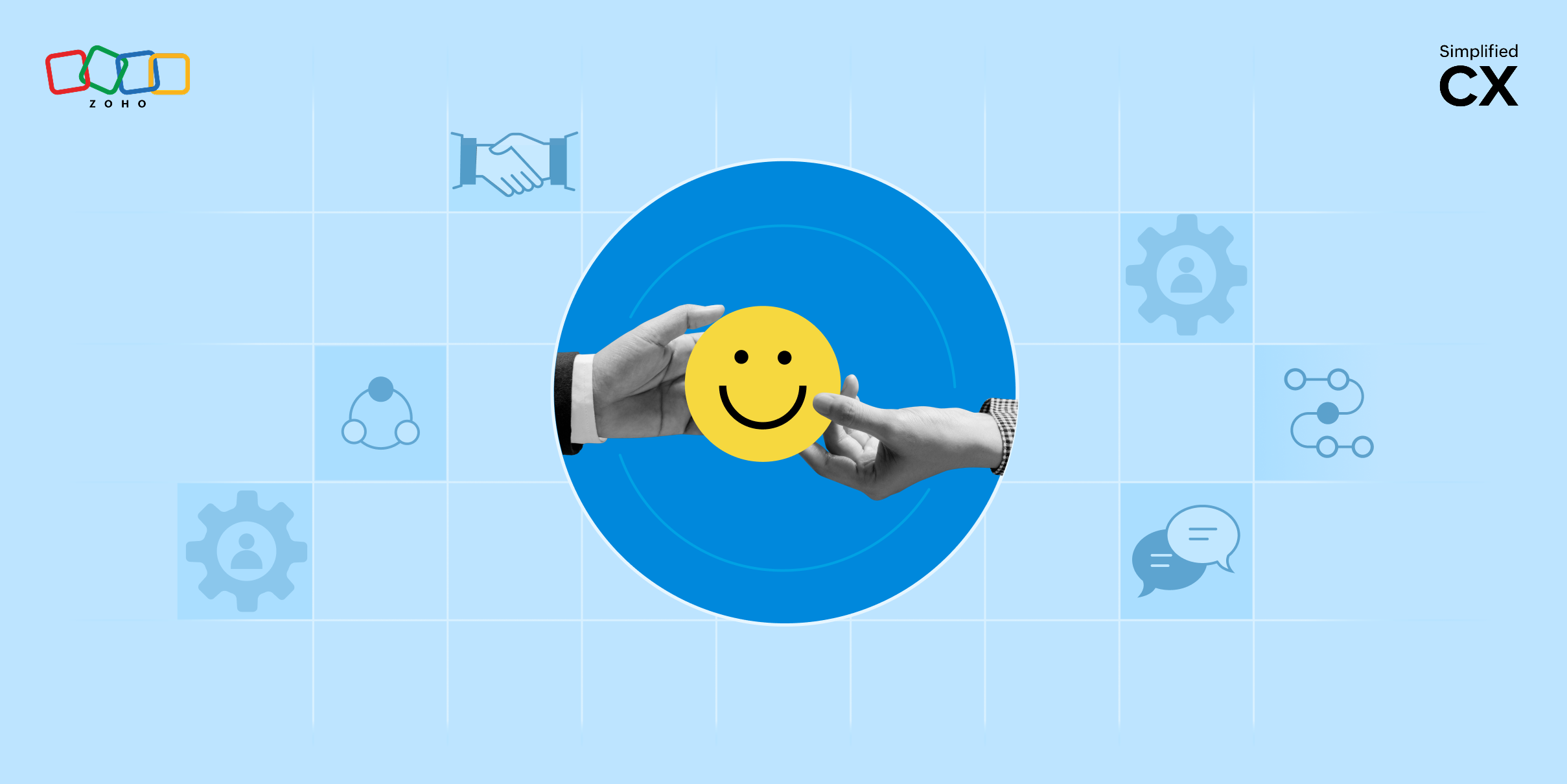Sink or swim? The reality of liquid expectations
- Last Updated : October 18, 2023
- 1.6K Views
- 3 Min Read

Liquid expectations are undeniably the biggest change to affect the world of business since the world went digital. The information overdrive caused by digitization and technology convergence has changed the way customers relate to business.
Information’s in the palm of our hands and the smart phone put it there. All this information in the same place makes customers compare their experiences across region, tier and sector. This means there’s a whole new aspect to competition, as customer experience has become an aspect of people’s purchase decisions that businesses cannot ignore. It’s now common for exercise shoes to have to vie for attention with tickets to new films or weekend getaways. Brands have to rethink their offerings to meet these constantly evolving expectations. Brands that fail to adapt to liquid expectations will have to watch from the sidelines as others take the lead.
Understanding purchase decisions starts with understanding what people consider a good deal. For some, it’s about quality and value. Buying a $60 T-Shirt could involve detailed research and information for the value conscious, while budget-oriented shoppers will stop at the price. Impulsive shoppers will skip the research and go directly to purchase. What appeals most to each customer is a matter of personality.
The anatomy of a purchase decision is defined by customers’ expectations and the level of satisfaction other customers had with their purchase.
Customer expectations stem from existing evaluations of a product or service, and the experiences of other customers.
Customer satisfaction is in the degree of congruence between customers’ expectations of a product or service and their real life experiences with it.
Customer expectations are constantly evolving, creating a gap between what brands deliver and what customers expect. Proactive marketers are quick to see the opportunity. Where others may see a gap, they see room for innovative customer engagement that can prompt new growth.
Think outside in. See through your customers’ eyes to understand the role your brand plays in peoples’ lives. Well-designed customer feedback, market surveys, and a patient ear on customer calls are a few ways to do this. This wide-angled view can give you room to rethink, renew, and reinvent your brand.
The journey from conception to inception of any business, product, service, or feature begins with understanding the environment in which it plans to function. Brands need to stay apprised of things that could impact operations.
Five steps to take before you launch:
Market research provides a first impression with details about customer demographics, product expectations, and an understanding of competition.
Marketing teams assimilate this information before they connect with distribution chains, retail outlets, and customers, to hone in on customer expectations and needs. At this stage a marketing strategy emerges.
Advertising delivers a viable creative strategy to give voice to the marketing strategy.
Media planners guided by marketing and advertising objectives plan where, when, and how your communication needs to be seen, based on the knowledge from their independent research of markets, media, and consumers.
Market research comes into play again. This time, to vet the efficacy of the marketing, advertising, and media strategies. It’s here that focus groups, beta testing, and the opinions of internal customers take center stage.
This demands comprehensive market research, designed and implemented by an independent third party, with extensive experience and reach in the markets you plan to enter.
What’s most important?
Make the effort to get to know your customers, find out what they’re looking for from a product or service, and be responsive. When a brand takes market research and customer feedback seriously, and incorporates those findings into product development, marketing strategy, or customer support, it is acting in response to customer needs. A brand that ignores its customers’ needs won’t be able to keep up.
Needs analysis, a means to an end
Not everyone shops for the same reasons. Some purchases are practical choices, like an umbrella in inclement weather. Other needs drive purchases too. In fact some customers make the same purchase for completely different reasons. While one customer buys a smartphone to stay connected to work or family, another might buy it because it makes them look cool.
Brands that understand people and are responsive to their needs will have an edge over their competition. Brands responding with design innovation or effective communication will find they are on point and remain relevant in the era of living services.
Keep your eyes peeled for future posts on how to manage liquid expectations.


